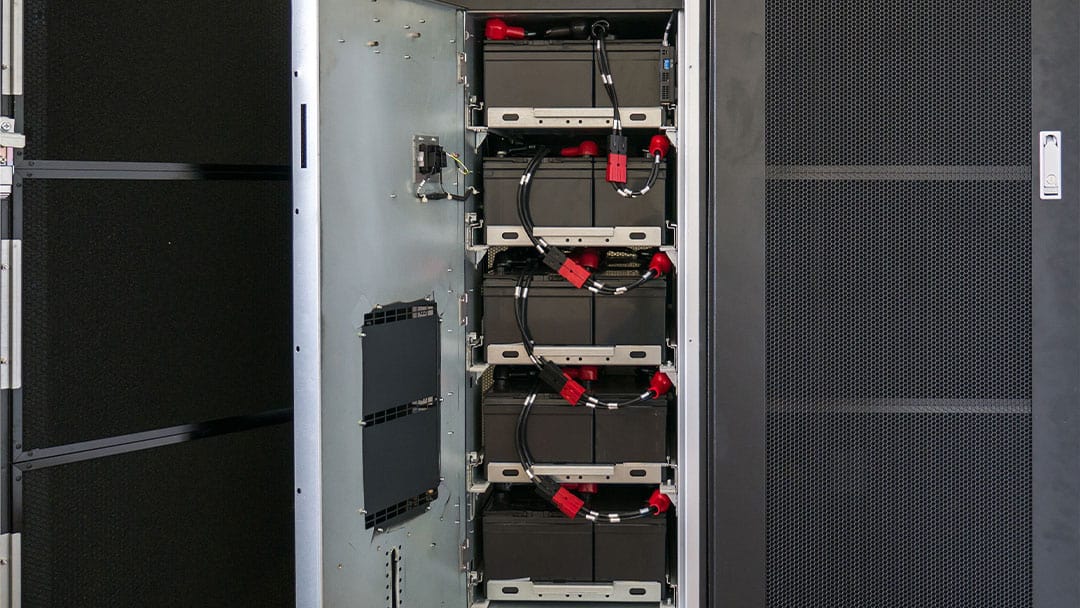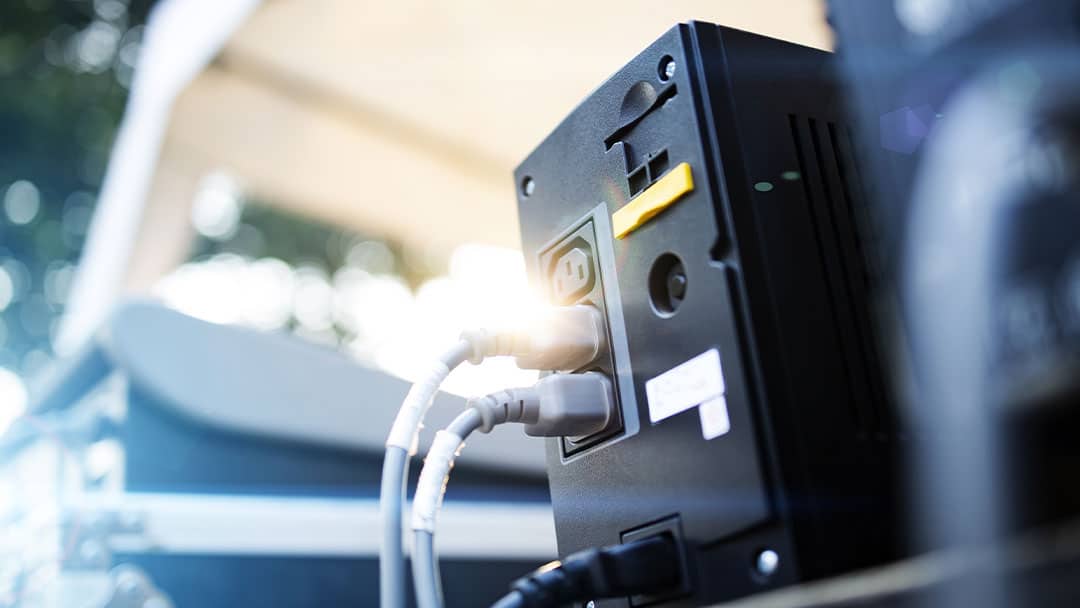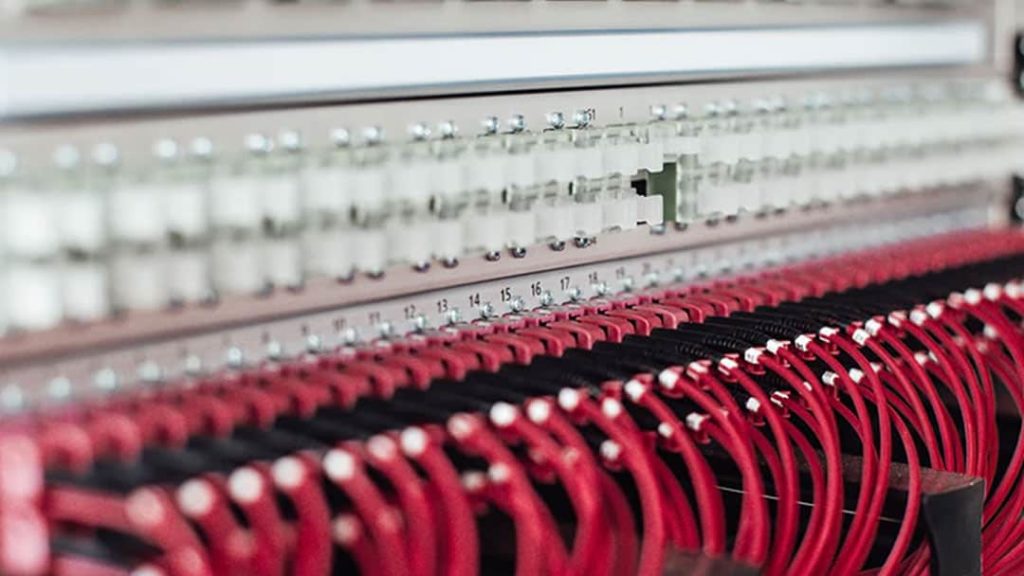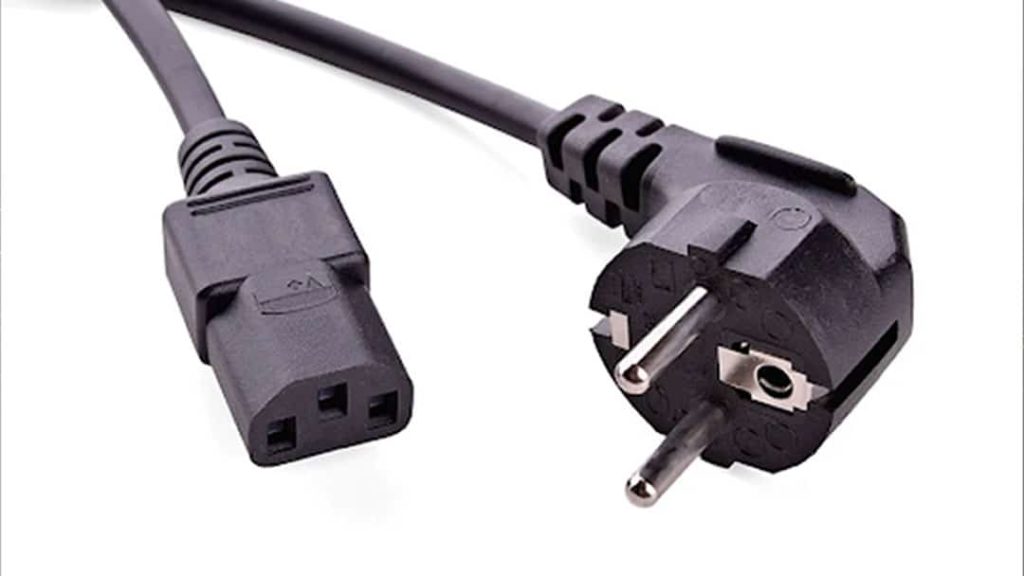We’ve all experienced blackouts at some point in our lives, and they aren’t pretty. However, if you’re working in IT and a blackout happens, it could be your worst nightmare.
Not only does it cause deterioration for your system, but it can also damage your data, causing you to lose most of your day’s work. No one wants to experience anything like this, so it’s essential to have an uninterruptible power supply (UPS) to support your IT system.
Do you know what a UPS is? If not, continue reading to learn more about what it is and how it can provide power failure protection for your devices.
What Is An Uninterruptible Power Supply?
A UPS is a device allowing a computer to run for a short time when the primary power source fails. It contains a backup battery, which can sense the loss of power failure.
Typically, a UPS will notify you of a power failure, giving you extra time to save any critical data before the power runs out. Once it does, any data on your computer’s random access memory (RAM) gets erased.
If there are any power surges because of the outage, the UPS intercepts them, keeping your computer safe from any internal damage.
Different UPS Designs
Depending on the structure of your IT system, there are three UPS designs you can choose from to increase your power failure protection:
- Standby/Offline
- Line Interactive
- Online
Standby/Offline (SPS)
A standby UPS offers the most basic protection, which includes surge protection and battery backup. Your equipment is usually connected directly to a power supply like most of your devices would be across a power line.
Once the incoming voltage falls below a set level, the SPS turns on its DC-AC inverter, powered by its internal battery. It then switches the connected equipment to the DC-AC inverter output.
Depending on when the SPS detects the loss in voltage, switchover could take as little as 25 milliseconds. However, transition speed will also rely on what’s connected to your UPS and their voltage sensitivity.
Related: Fiber Connector Types Buyer’s Guide [2021]
Line-Interactive
A line-interactive UPS can handle multiple under-voltage brownouts and overvoltage surges without affecting its reserve power. It does so by auto-selecting various power taps on the autotransformer.
Changing the autotransformer can cause a brief disruption in your power output. So if you hear a slight sound, don’t be alarmed. That’s the UPS switching the battery before selecting the desired power tap.
These power supplies are becoming increasingly popular because they are useful for applications such as:
- Gaming systems
- Home theater components
- Computers
Online
An online UPS is excellent for environments prone to many power fluctuations or that need electrical isolation. Regardless of the outside factors, the online UPS provides clean and consistent energy for your IT systems.
The general technology of an online UPS is the same as an offline or line-interactive UPS. However, it will be more expensive since the AC-to DC battery is larger than the other power supplies, and the inverter is designed for continuous use.
Another name for this power supply is double-conversion UPS due to the rectifier powering the inverter, even with an AC power supply.
Double-conversion UPS systems can be beneficial for:
- Critical IT equipment,
- Data center installations,
- Significant telecom installations
- High-end servers
Once you have a blackout or power disruption, double-conversion systems provide a layer of protection for your equipment, allowing you to control voltage output, regardless of the incoming voltage.
Related: What are Wire Basket Cable Trays?

Choosing the Right Uninterruptible Power Supply
Having an efficient and safe technological infrastructure is critical for companies looking to enhance their processes. However, finding a suitable UPS can be challenging. To help, we’ve outlined some suggestions you should consider before choosing a UPS for your IT system.
Topology
The first question you should ask yourself is what’s more important to you, energy efficiency or protection? Single conversion systems like standby and line-interactive are more efficient than double conversion systems, making them better for loads with high failure tolerance.
A double-conversion or online UPS may be less energy efficient, but they provide more protection for your mission-critical equipment.
Extended Battery Time
A typical UPS can provide five to fifteen minutes of backup power for your equipment. However, it will vary depending on your IT infrastructure and the number of devices connected to your power supply.
To extend the life of your backup power supply, you can use an extra external battery to keep your equipment running for several hours.
Technological equipment can get unplugged by the slightest movement, causing frustration. C&C Technology Group has an excellent solution for that problem!
Remote Monitoring
The best way to prevent UPS problems is to make sure they don’t happen in the first place. By ensuring your UPS comes with remote monitoring, you’ll be able to detect issues such as:
- An overheating battery
- Loss of power supply
- Deteriorating equipment performance
With the support of remote monitoring, you can send real-time notifications to technicians, who can then make the necessary repairs and keep your IT infrastructure efficient.
Availability Features
To maximize the reliability of your power protection solution, organizations can use a variety of deployment options. By merging the UPS into architectural groups, you can ensure your supply will not be interrupted even if another load fails. Three standard UPS architecture formats are:
- Zone – One or multiple UPSs provide support for specific data center resources. So if a UPS fails during a power outage, the impact is only limited to the zone the device supports.
- Parallel – This format uses multiple connected parallel UPSs to increase redundancy. In the event of a UPS failure, other systems can keep your equipment operational.
- Serial – With serial architecture, multiple UPSs are connected end-to-end, so if one string fails, the others will automatically compensate for lack of power.
Related: What Are Data Center Power Whips (PDUs)?

Uninterruptible Power Supply Protects Your Equipment
As you can see, using a UPS can help your IT systems maintain power in the event of a power outage, increases or decreases in voltage, and power surges. However, finding the right one will depend on the type of infrastructure you have and what’s important to you.
Keep your data and equipment safe by investing in a UPS today.
To learn more about how you can enhance the security and efficiency of your IT infrastructure, contact C&C Technology Group today!
Last Updated on August 2, 2022 by Josh Mahan




